Top 10 Easiest Flags To Draw

Countries have been using flags as symbols for a long time to symbolize both their identity and their inherent ideals of sovereignty.
The majority of us are unaware that flags are property of their individual families. Isn't that funny? Most people are unaware that there are "seven" families of flags that are categorized based on shared symbol designs and architectural elements. In reality, the seven families to which a flag belongs can be used to classify one-third of all flags. An entire nation's flag contains intricate patterns and unknown tales. But how can we figure out which is the simplest to draw? Drawing a straight line, a cross, a triangle, or even a square isn't that much harder than drawing, say, a dragon, an eagle, or a sigil (a sign or a symbol).
Here are 10 flags that are easy to draw.
1.Japan
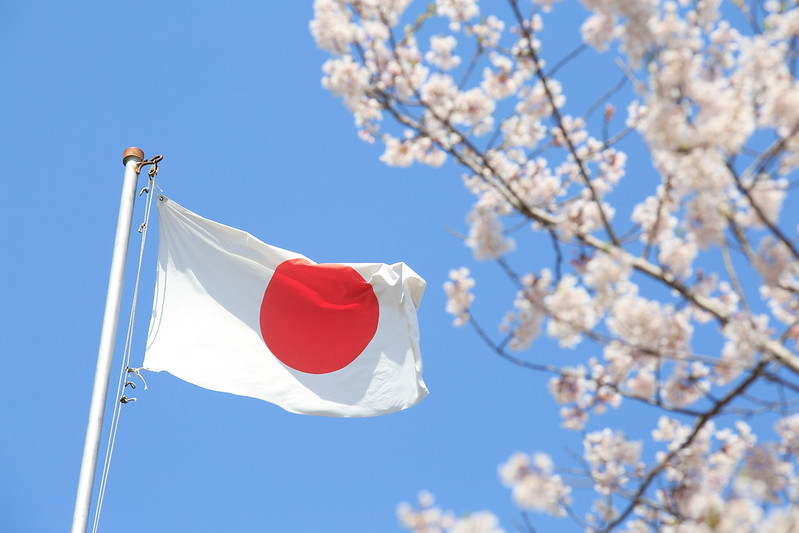
The flag of Japan, which was approved on August 13, 1999, is the top flag on our list. The insignia features a red circle in the center of a white backdrop. "The Land of Rising Sun" is how the flag is translated. The concepts of "honesty" and "purity" are represented by the white background. Conversely, the crimson disc stands for the Sun, which is a representation of "Brightness," "Sincerity," and "Warmth." Our list of the world's easiest flags to draw comes to an end here.
2. Bangladesh

Due of its straightforward pattern, the red circle with the green background that is positioned slightly to the left of the flag comes in second. On January 17, 1972, following Pakistan's independence, the flag was adopted.
Red stands for the bloodshed and sacrifices made in the struggle for freedom, while green symbolizes the country's youth and verdure.
3. Austria

The tricolor flag, which has a white middle stripe and red top and bottom stripes, is one of the easiest flags in the world to design. Legend has it that the inspiration for the Austrian flag originated with Duke Leopold of Austria, who was fighting in the "Crusades" and witnessed his white battledress drenched in blood, while the cloth beneath his belt remained white, symbolizing the pattern of red and white. However, the design changed over time, and on April 27, 1984, it was once again used.
4. Guinea

Guinea was admitted on November 10, 1958, and its flag has three vertical stripes: a red stripe on the left, a yellow stripe in the middle, and a green stripe on the right. Guinea is a member of the Pan-African family. After obtaining independence from France, the color red stands for their slogan, "Work," yellow for "Justice," and green for "Vegetation," since 85% of the nation's farmers live in the green coat of the nation, which symbolizes "Solidarity."
5. Yemeni
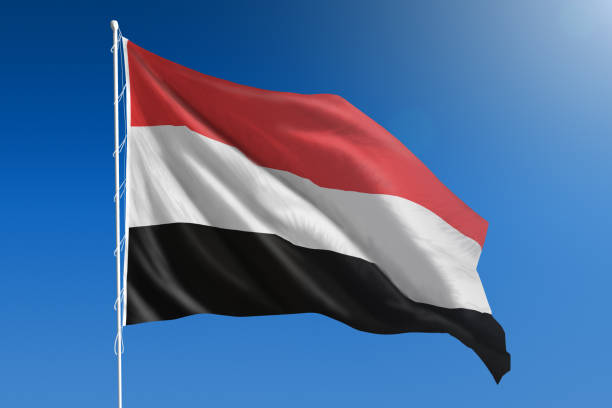
Yemen is a member of the "Pan-Arab" family and has three horizontal stripes: red at the top, symbolizing the bloodshed during the country's struggle for independence; white in the middle, signifying "hope" for a bright future; and red at the bottom, recalling the country's tragic past.
6. Russia
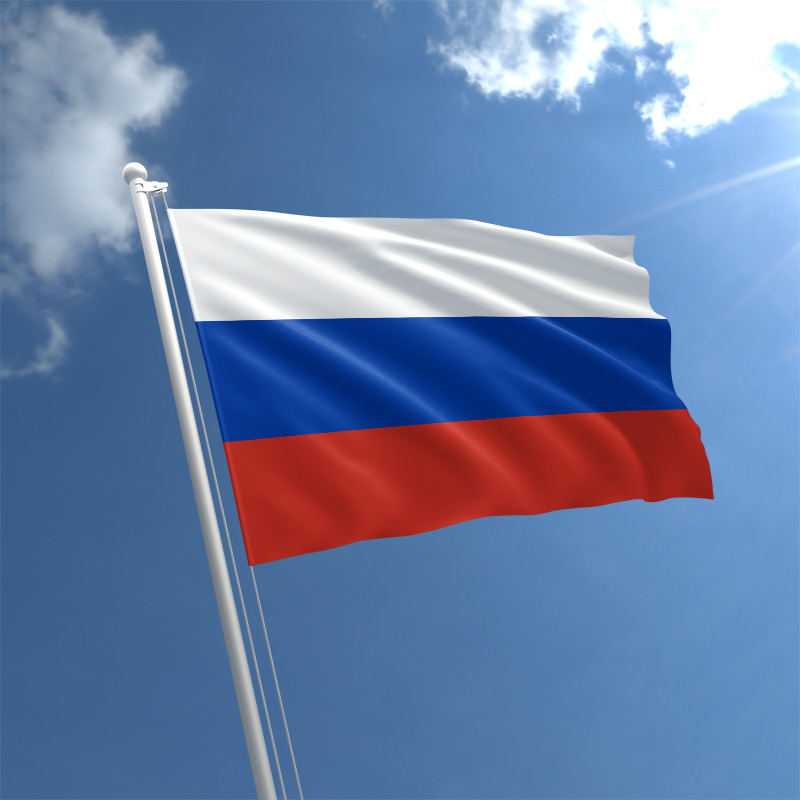
One more "Тpиколор" (Tricolor) in the "Pan-Slavic" flag family consists of three equal horizontal stripes: red at the bottom, blue in the middle, and white at the top. On November 11, 1993, this flag was adopted as non-Russian countries gained independence following the fall of the Soviet Union and the remaining territory proclaimed itself to be the "Russian Federation."
7. Columbia

On November 26, 1861, a mixture of horizontal red, blue, and yellow stripes was approved, with the yellow stripe being the largest and half of the width. As a member of the "Miranda" flag family, yellow stands for the ideas of justice and sovereignty. While red denotes bravery, honor, and victory, blue stands for nobility, loyalty, and alertness.
8. Italy
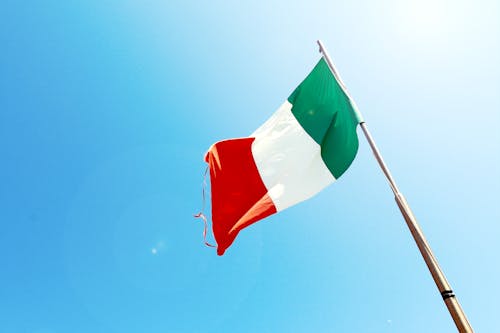
One of the world's easiest flags to sketch is the Bandiera d'Italia, which consists of three equal vertical bands of red, white, and green, with green serving as the hoist side. Tricolore, which was adopted on June 19, 1946, was modeled after the French flag, on which the red band signifies sacrifice, the white band represents peace, and the green band represents prosperity.
9. Norway
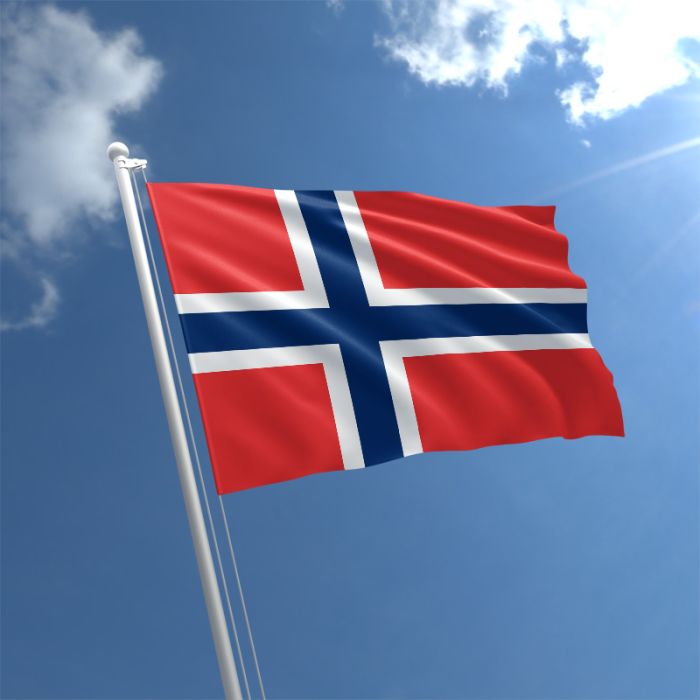
Officially adopted on July 17, 1821, this flag has a blue Scandinavian cross based on "Danish Cloth" against a red backdrop. Unlike the Danish Cloth, the Scandinavian cross is positioned on the left side of the flag and is outlined in white stripes.
10. Switzerland
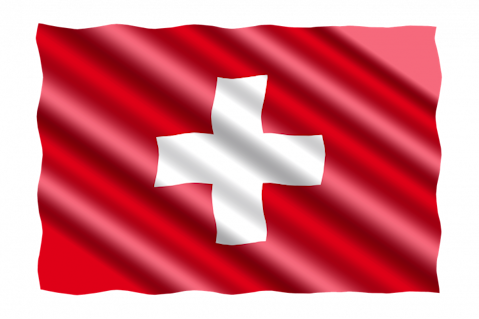
Switzerland adopted a square-shaped emblem with a red and white equilateral cross as its national flag in 1840. This emblem is significant because it represents the period in the country's history when liberal forces and politicians, having lost power during the French July Revolution of 1830 and Napoleon's death, came back to demand centralized institutions. This flag, which represents the unity of Swiss soldiers who served in World War I, came in at number ten thanks to its square pool of red and white cross cuts.



